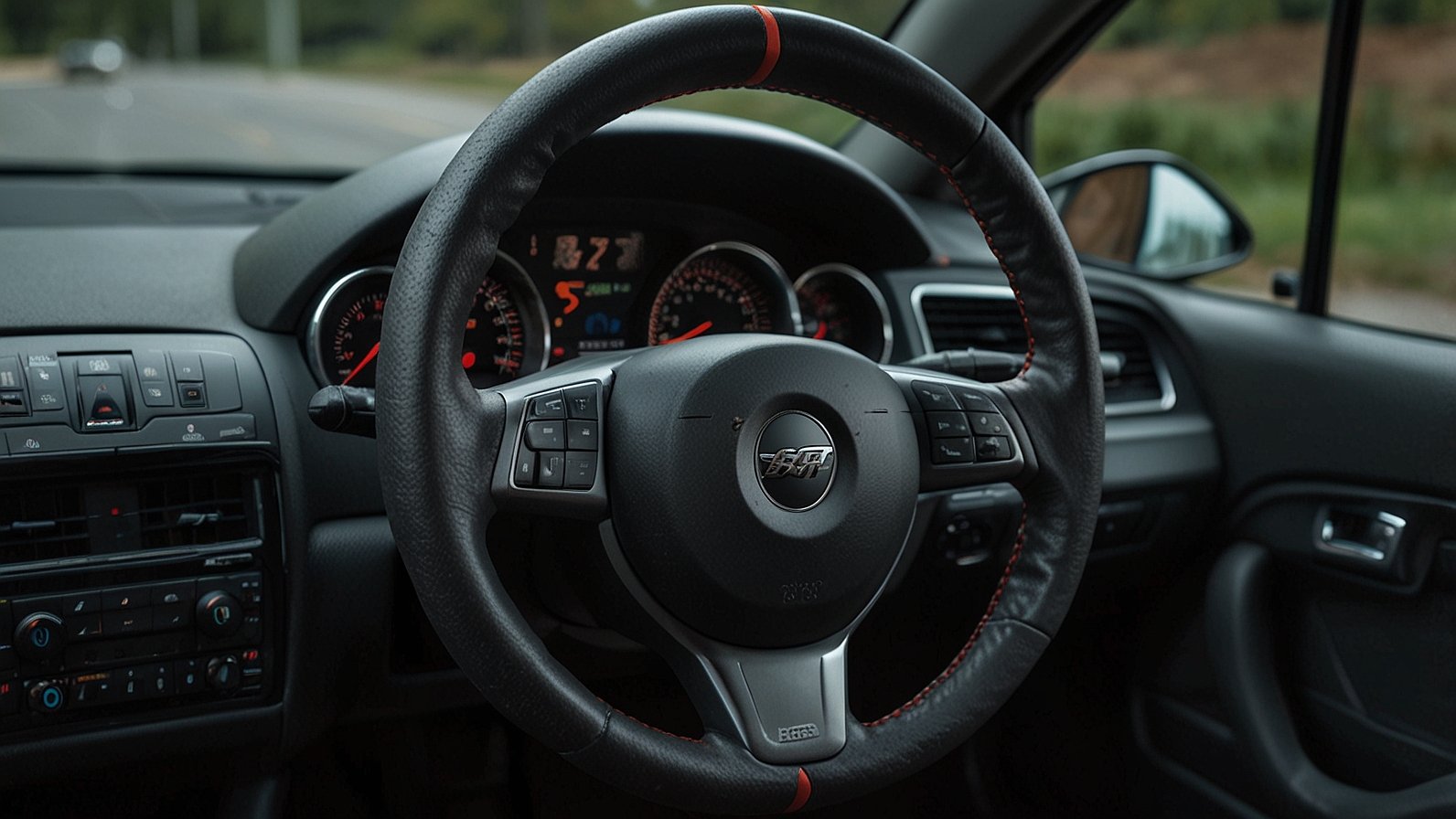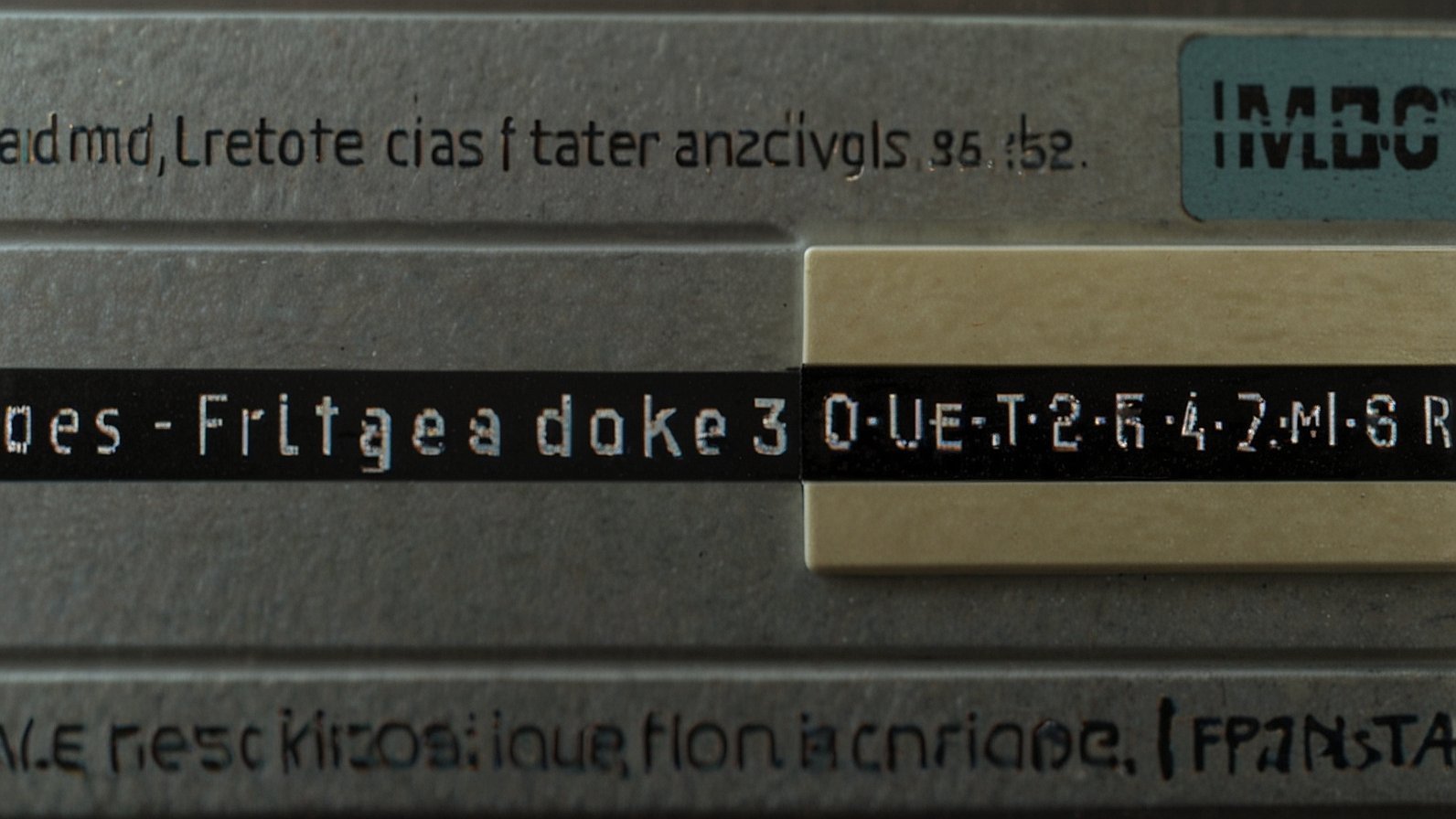You’ve successfully launched the car. The engine is buzzing in first gear, and now comes the next, crucial step: switching 2nd. This isn’t just a simple gear change; it’s the vital transition from getting moving to building speed smoothly and efficiently. Get it right, and you’ll drive with confidence. Get it wrong, and you’ll face a jerky ride, a stalled engine, or even long-term damage to your transmission.
So, why is switching to second so particular? First gear is designed for pure torque to get a heavy vehicle moving from a standstill. Second gear is your “bridge” gear. It’s where you find the flow of traffic, navigate slower city streets, and prepare for the higher gears to come. Mastering this shift is the foundation of skilled, manual driving.
A Step-by-Step Guide to Switching 2nd Gear Smoothly
Forget the jerky, nerve-wracking shifts. Let’s break down the process into a fluid, repeatable action.
- The Setup: You’re Rolling in First Gear. You’ve cleanly released the clutch in first and are rolling at about 10-15 mph. The engine’s RPM will be around 2,500-3,000. This is your cue.
- The Coordinated Movement: Clutch and Throttle.
- Clutch In: Firmly but smoothly, press the clutch pedal all the way to the floor. Your left foot does this one job.
- Off the Gas: Simultaneously, lift your right foot completely off the accelerator. Don’t just ease off; take it off. This coordination is key to a smooth shift.
- The Shift: Guide the gear lever straight down from first gear into second. Don’t force it. A well-maintained gearbox will have a clear, gated feeling for this shift. It should feel like a direct, confident movement.
- The Magic Moment: The Bite Point.
- Now, start lifting the clutch pedal smoothly. The critical part is the “bite point” or “friction point”—the moment you feel the engine and transmission begin to reconnect and the car wants to move.
- As the clutch reaches this point, gently press the accelerator with your right foot to match the engine speed to the wheel speed. Think of it as a seesaw: as the clutch comes up, the throttle goes down.
- The Release: Once you’ve added a bit of throttle and feel the power take over smoothly, you can fully release the clutch pedal. You are now successfully in second gear and can accelerate as needed.
The chart below illustrates the perfect seesaw motion of the clutch and throttle during this shift.
Common Mistakes to Avoid When Shifting to Second
Even experienced drivers can develop bad habits. Here’s what to watch out for:
- Riding the Clutch: Resting your foot on the clutch pedal while driving. Even slight pressure can cause premature wear.
- Dropping the Clutch: Releasing the clutch pedal too quickly at the bite point. This is what causes that infamous jerking motion and strains the drivetrain.
- Money Shifting: Accidentally shifting into fourth or reverse instead of second. This is less common but can be catastrophic. Always make sure your shift is a confident, straight pull down.
- Lugging the Engine: Shifting into second at too low a speed or RPM. This forces the engine to work too hard, causing knocking and unnecessary stress.
Why Perfecting Your 2nd Gear Shift Matters
You might wonder if being so deliberate is really necessary. Here’s why it is:
- Smoothness and Comfort: A smooth shift makes the drive more pleasant for you and your passengers. It’s the mark of a competent driver.
- Vehicle Longevity: Proper shifting reduces wear and tear on the clutch, transmission, and engine mounts, saving you money on expensive repairs.
- Fuel Economy: Smooth, timely shifts are more efficient. Jerky acceleration and high-RPM shifts waste fuel.
- Better Control: Mastering this fundamental skill gives you superior control over your vehicle in all driving conditions, from busy intersections to hilly terrain.
Conclusion & Your Next Steps
Mastering the art of switching 2nd is what separates a novice from a proficient manual driver. It’s all about that coordinated dance between your left and right feet.
Your 3 Key Takeaways:
- Coordinate: Clutch in and off the gas at the same time.
- Modulate: At the bite point, balance the rising clutch with gentle throttle.
- Practise: Find an empty parking lot and repeat the shift until it becomes muscle memory.
What’s one part of the shifting process you’ll focus on perfecting during your next drive?
You May Also Like: Kids Ride On Cars That Bring Big Smiles and Developmental Benefits
FAQs
Q: Why does my car jerk when I shift into second gear?
A: This is almost always caused by releasing the clutch too quickly at the bite point or failing to add a little throttle to match the engine speed. Slow down your clutch release and practice the “seesaw” motion.
Q: What happens if I shift into second gear at too high an RPM?
A: You’ll feel a lurch forward as the engine braking effect is more pronounced. It’s harsh on the drivetrain. Aim to shift when you’re between 2,500 and 3,000 RPM for most everyday cars.
Q: Can shifting poorly really damage my car?
A: Yes. Consistently rough shifts, “dropping” the clutch, or riding the clutch can lead to premature clutch wear, damaged transmission synchronizers, and worn engine mounts.
Q: My shifter pops out of second gear. What does that mean?
A: This is a serious issue. It could indicate worn shift linkage, a damaged synchronizer inside the transmission, or it’s not being fully engaged during your shift. Have a mechanic inspect it.
Q: Is it bad to start in second gear?
A: It’s not recommended. First gear is designed for starting from a stop. Starting in second gear puts excessive strain on the clutch and can cause it to wear out much faster. Only do this in exceptional circumstances, like crawling forward on a slippery icy surface.
Q: How long does it take to get smooth at shifting?
A: Most new drivers start to feel comfortable within a few weeks of consistent practice. True smoothness becomes second nature after a few months. Be patient with yourself!
Q: Should I “rev-match” when switching to second?
A: For a standard upshift, the synchronizers in the gearbox do the work. You don’t need to heel-toe rev-match. The gentle throttle application as you find the bite point is sufficient for a smooth shift.











